Papua New Guinea Coffee beans Papua Paradise Bird Coffee beans Story and Flavor characteristics
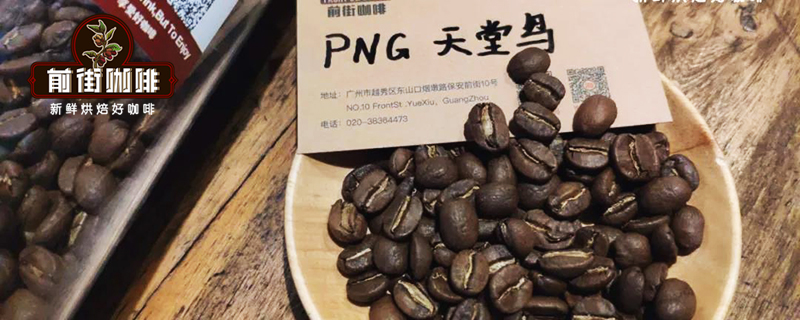
Papua New Guinea is a country familiar to coffee lovers but unfamiliar to coffee lovers. Many people have heard of Papua New Guinea coffee, but they drink very little. Many lovers who have drunk coffee from Papua New Guinea will describe it as a "blue mountain" feeling. Coffee is a national crop in Papua New Guinea.
In order to find out why the coffee in Papua New Guinea is called Little Blue Mountain, Qianjie specially bought this coffee and went to the shelves to find out.
The people of Papua New Guinea regard the beautiful bird of paradise as a bird of freedom and joy, a "gift of the gods". PNG AA Sigri Manor Arabica Coffee, like the migration of birds, was bred from the Jamaican Blue Mountain Ironka to Papua New Guinea, with the same ancestry of the Jamaican Blue Mountains.
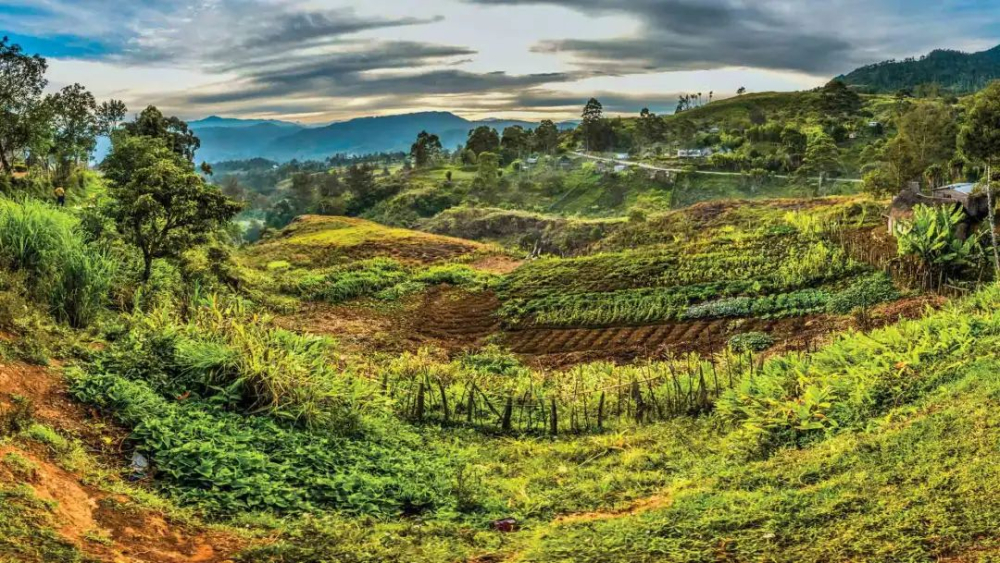
Planting History of Papua New Guinea
In 1931, Ironhide Card was introduced from Jamaica to Papua New Guinea. At that time, Britain had occupied Jamaica for nearly 300 years, and the most typical coffee in Jamaica was the Blue Mountain Coffee of Iron Card. Because of the friendly relationship between Australia and Britain, it was reasonable for Papua New Guinea to introduce tin card. Qianjie Coffee will take the name of Little Blue Mountain to introduce Papua New Guinea Coffee to guests. After all, the historical reasons are there, well-founded, and the name of Little Blue Mountain is much easier to remember than Papua New Guinea.
Bourbon coffee beans were introduced from Kenya in 1950. Coincidentally, Kenya was also a British colony at that time. The open cultivation encouraged by the government led to the substantial growth of the coffee industry in the 1970s and 1980s. In 1961, after the end of World War II, the western part of the Dutch island of New Guinea declared independence under the name "West Papua", but only a few months later it was invaded by the same independent Indonesia, where Indonesia established the province of Irian Jaya. After 2003, it is planned for Papua and West Papua provinces. Since moving to New World and Kaddura from Brazil in 1962, the quality of coffee beans in Papua New Guinea has made a great leap forward.
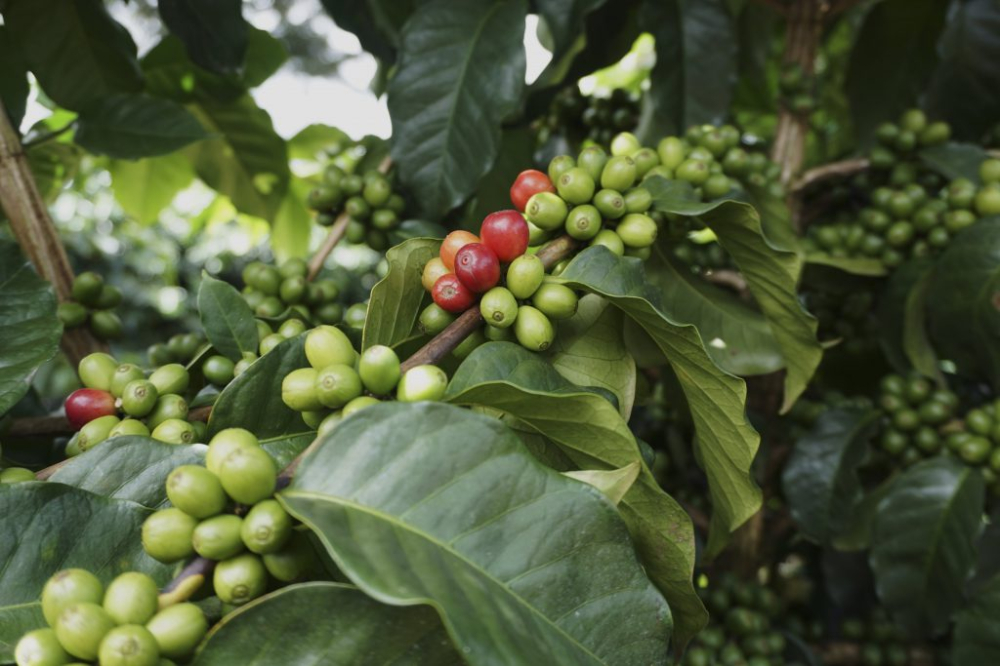
Coffee industry in Papua New Guinea from adversity to diversity
In the last century, members of the International Coffee Organization (ICO) imposed quotas on coffee exports, and in order to get enough coffee, Australia had to buy large quantities of coffee beans from Papua New Guinea, which was still Australian territory at that time, according to a translator from the Financial Network. After Papua New Guinea declared its independence in 1975, and after ICO abandoned quotas in the 1980s, Australian coffee importers preferred to buy coffee from around the world. Since then, the coffee industry in Papua New Guinea has begun a brutal struggle.
In particular, in the past decade, coffee production in Papua New Guinea has fallen by 22 per cent from about 1 million bags of 60 kg bags in 2009 to 800000 bags today. The decline in production is largely due to the aging of coffee trees, and in the more than 30 years since the 1980s, few people in Papua New Guinea have chosen to replace old trees, let alone teach them how to replace them. Fortunately, in an ongoing support programme funded by the World Bank and the United Nations Fund for International Agricultural Development (since its inception in April 2010), more than 7 million coffee trees have been replanted or restored. According to the World Bank, many farmers who participated in the first round of replacement planting have seen higher yields.
Although Papua New Neya has incredible soil conditions, perfect rainfall, weather and climate, and can be said to have all the basic elements of making delicious coffee, for various reasons, Papua New Guinea is unable to consistently produce large quantities of high-quality coffee, which has been a problem for Papua New Guinea, mainly because more than 85% of the coffee is produced by smallholder farmers. Unlike other coffee-producing countries with a large number of small plots of land for independent farmers, it is difficult for international buyers to buy coffee beans of stable quality in Papua New Guinea.
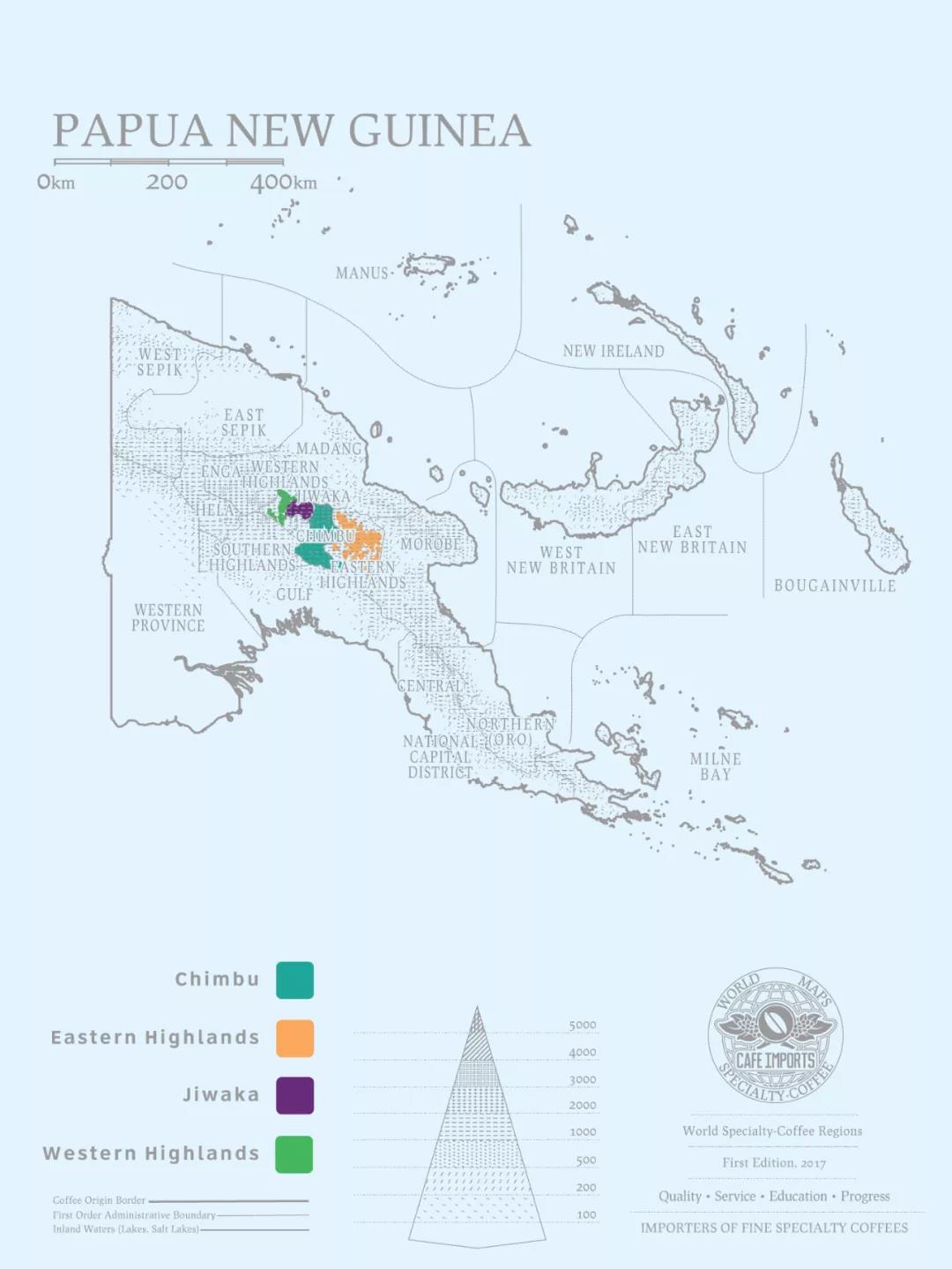
The instability of quality lies in the difficulty in imparting knowledge of coffee cultivation, as there are more than 10,000 tribes scattered across Papua New Guinea, speaking more than 800 different voices, which makes it difficult for professional coffee knowledge to spread smoothly there. At the same time, the complexity of tribes also caused the problem of land ownership. Coffee plots have not been cultivated because the land changes hands or people compete for ownership. In addition to the lack of knowledge and resources, small farmers also lack the incentive to stick to coffee because they are more dependent on self-sufficient agriculture. At the same time, the rate of return for growing coffee is too low for them. For farmers in Papua New Guinea, most of their farming time is spent on food, with coffee in second place.
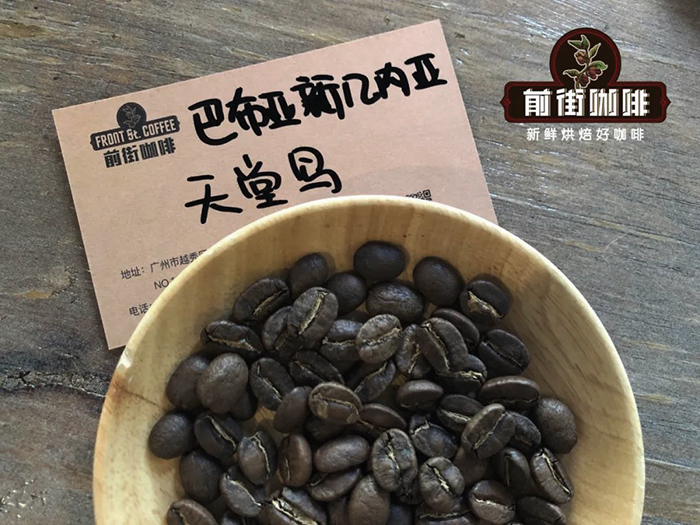
Front Street Coffee: Papua New Guinea Paradise Bird Coffee beans
Country of origin: Papua New Guinea
Manor: Sigley Paradise Bird Manor
Altitude: 1600-1800m
Treatment: washing treatment
Variety: iron pickup
Grade: AA
Sigri Paradise Bird Manor
The people of Papua New Guinea regard the beautiful bird of paradise as a bird of freedom and joy, a "gift of the gods". Siguri Paradise Bird Manor Iron pickup Coffee beans, like the migration of birds, have traveled long distances from the Jamaican Blue Mountains to Papua New Guinea to breed, with the same pedigree of the Jamaican Blue Mountains. This blue mountain pedigree is also the focus of Papua New Guinea Paradise Bird Coffee beans. Qianjie Coffee purchases each coffee bean in the hope of having its own unique characteristics, and does not want to appear different beans with the same flavor. This is why Qianjie Coffee spends a lot of time selecting beans, adjusting baking parameters and so on. One coffee bean can be similar to other coffee beans, but it should also be different.
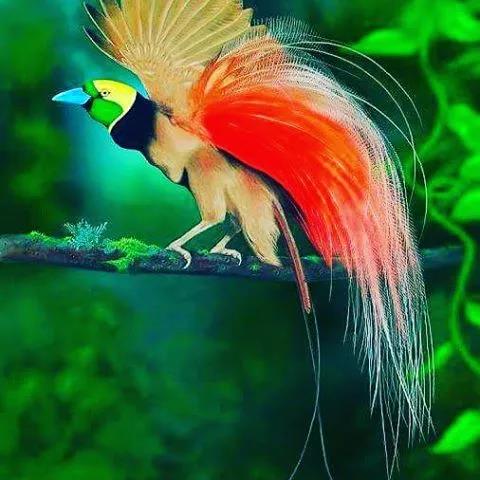
The manor was founded in 1950 and has been a pioneer in the local coffee industry for more than 60 years. The Bird of Paradise Manor is located in the Waghi Valley Valley in the Western Highlands Province (Western Highlands), about 1500 meters above sea level, with mineral-rich volcanic soil, cool climate, fertile soil and abundant rainfall. Bird Paradise Manor also pays great attention to ecological protection, in order to protect soil and water, reject the use of pesticides and pesticides, and take care of the ecology and nearby birds. Bird Paradise Manor has adhered to a high standard of planting and handling system for many years. During the harvest season from April to September each year, only fully ripe red coffee fruits can be picked by hand, making the coffee berries sour and sweet. At Paradise Bird Manor, cup tests are carried out every day to ensure that the plantation provides customers with the same quality gourmet coffee. As a result, Paradise Bird Manor has become a classic of boutique coffee in the world. As mentioned earlier, Qianjie Coffee chooses this Paradise Bird Manor coffee beans to take a fancy to the manor's strict production chain, so as to ensure the quality of coffee beans.
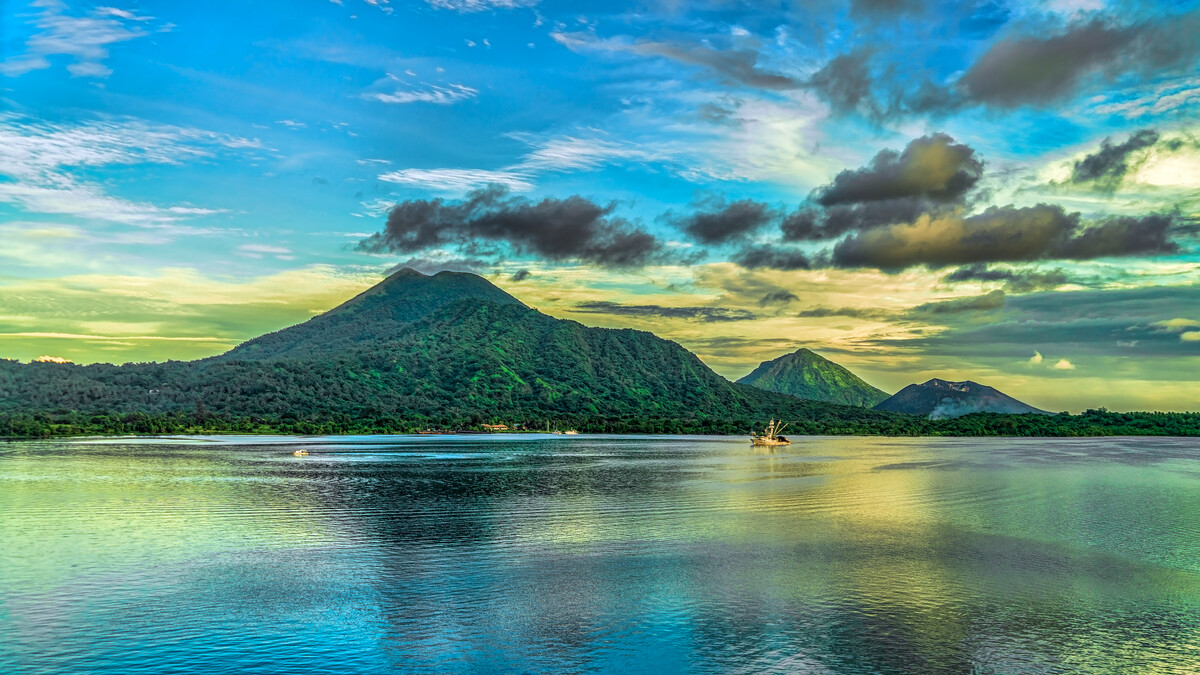
A variety of coffee beans-- iron pickup
Iron pickup has an elegant flavor, but its physique is weak, its disease resistance is low, and it is easy to be infected with leaf rust. Qianjie Coffee believes that the top leaf of the iron pickup coffee tree is bronzed, and some people call it "red top coffee". The beans of the iron pickup are larger, cone-shaped or thin-shaped, which is different from the round beans of bourbon coffee beans. Iron pickup coffee has its unique quiet and clean flavor, as well as balanced features, high cleanliness.
Coffee bean treatment
The ripe red coffee berries are harvested and sent to the manor's own water washing plant for treatment. The local washing treatment in Papua New Guinea is different from that in Central and South America.
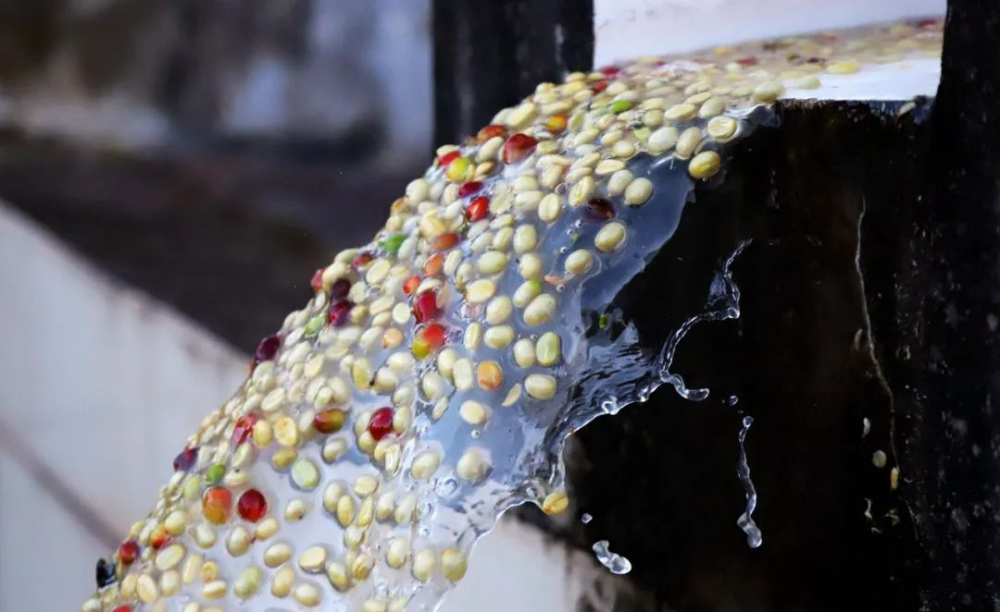
Use three times of water washing and fermentation, each time soak for about 24 hours, and change clean water to control the coffee flavor; after cleaning, remove the shell of raw beans and then carry out various grades, such as AA, AB, PB beans, etc., this fine post-processing method brings bright and delicate fruity flavor to the coffee itself, clean and long sweet taste. Qianjie Coffee found that there are strictly divided producing areas in the coffee grading system, and the coffee beans they produce all have one thing in common, that is, the beans are uniform in size and there are fewer defective beans. In this case, the color is uniform when roasting, and the taste will be much cleaner.
Qianjie baking suggestion
Qianjie Coffee uses medium-roasted beans because the tin card is a low-density raw bean. In order to highlight its refreshing acidity and fruit aroma, emphasis will be placed on the firepower adjustment after the first burst. The furnace temperature reaches 170 degrees Celsius, the throttle opens 3, the firepower is 140 degrees Celsius, and the temperature recovery point is 1 °39. When the temperature is 140 degrees, the throttle opens to 4; when baked to 6 degrees Celsius, the temperature turns yellow, the bean table turns yellow, the smell of grass completely disappears, the dehydration is completed, and the temperature 176 degrees firepower drops to 110; the throttle changes 4. When the firepower dropped to 90 at 180 degrees, ugly wrinkles and black markings appeared on the bean surface, and the smell of toast obviously changed to coffee, which could be defined as a prelude to an explosion. At this time, the firepower rose to 183.5 degrees to 10 degrees 39. At the beginning of an explosion, the throttle is fully open, adjust the firepower to 60 degrees at 188 degrees, and the throttle is fully open (the firepower should be adjusted very carefully, not so small that there is no bursting sound, and the temperature rise rate after an explosion is controlled between 6 degrees). The development time of an explosion is 3 degrees 39 degrees, and the pot is 198.5 degrees.
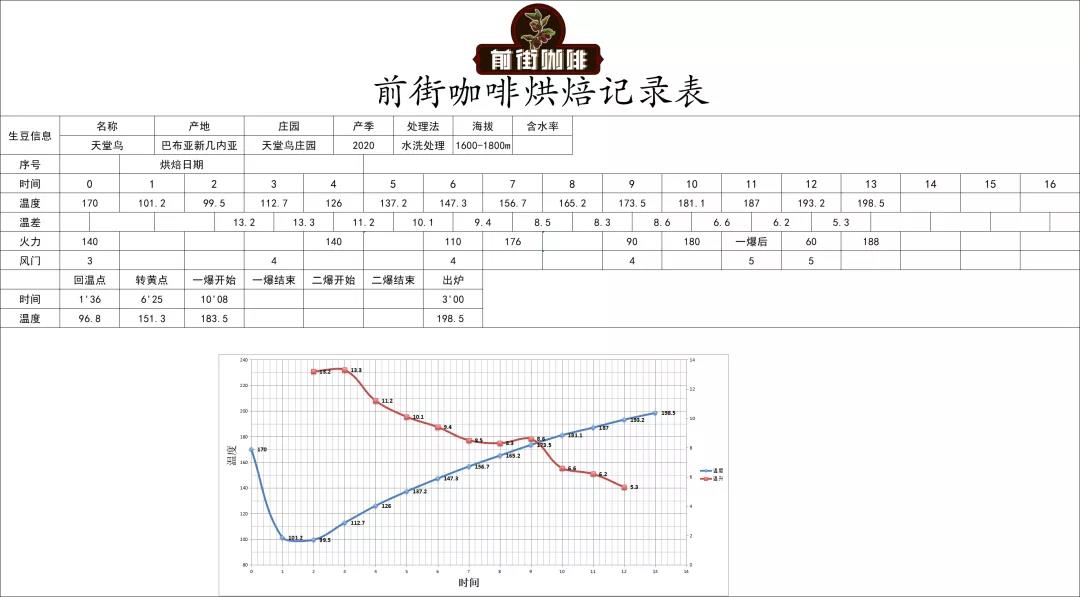
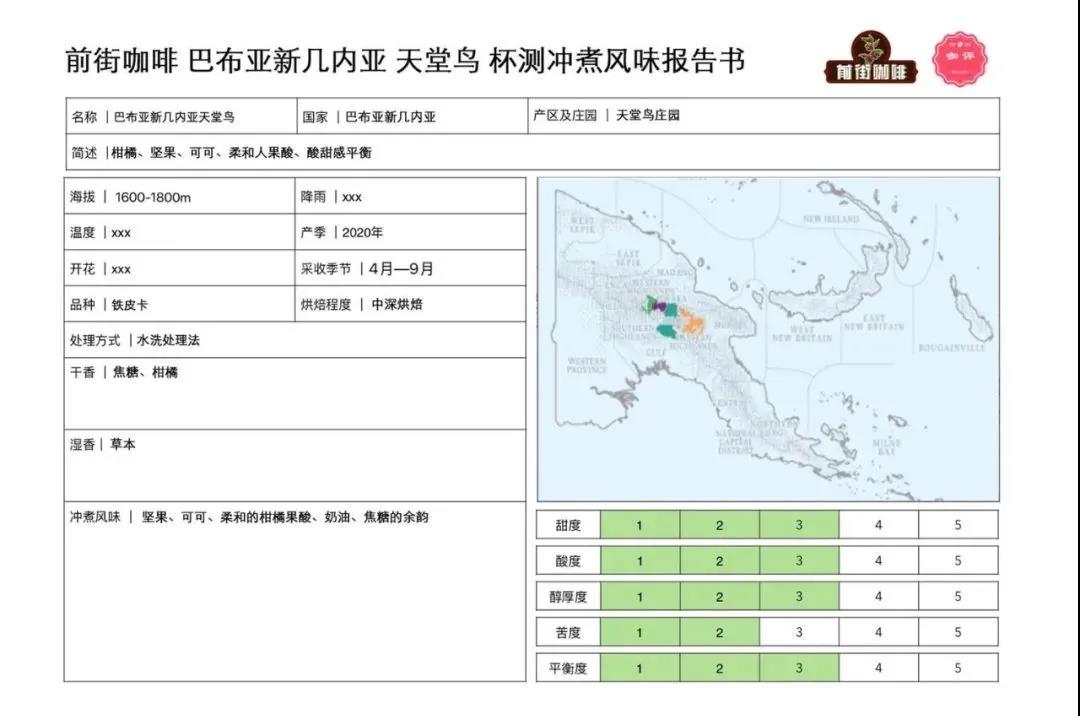
The suggestion of cooking in Qianjie
Qianjie coffee is recommended to use Kono filter cup, because it has few ribs and is located at the low end, it can make the filter paper stick to the filter cup to achieve the effect of limiting air flow, so as to slow down the flow rate and increase the contact time of water powder. Soaking can be used to extract more coffee substances and improve the mellow taste. The water temperature is 88 ℃, which can be regarded as a lower cooking temperature, which can avoid excessive extraction of miscellaneous flavor of coffee beans in the cooking process, because the deeper the roasting degree of coffee beans is, the more miscellaneous smell will increase.
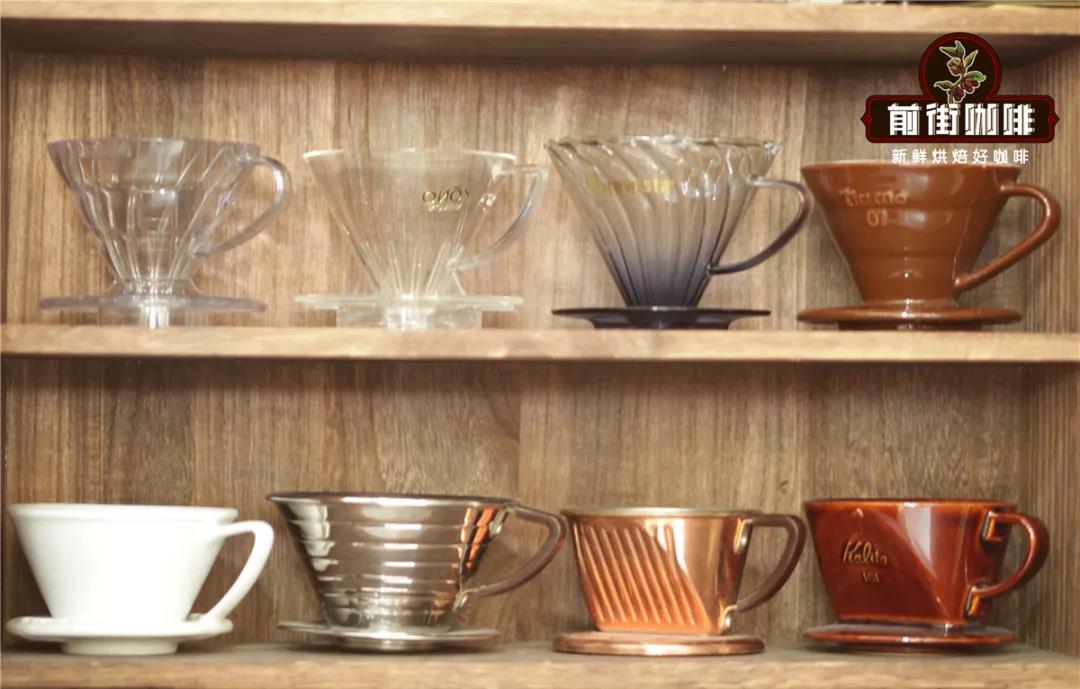
Qianjie cooking scheme
Take 15 grams of coffee powder as an example, the ratio of powder to water is 1:15, the degree of grinding is medium-coarse grinding (65% of standard sieve 20), and the water temperature is 88 ℃. Filter cup uses KONO MEIMON filter cup.
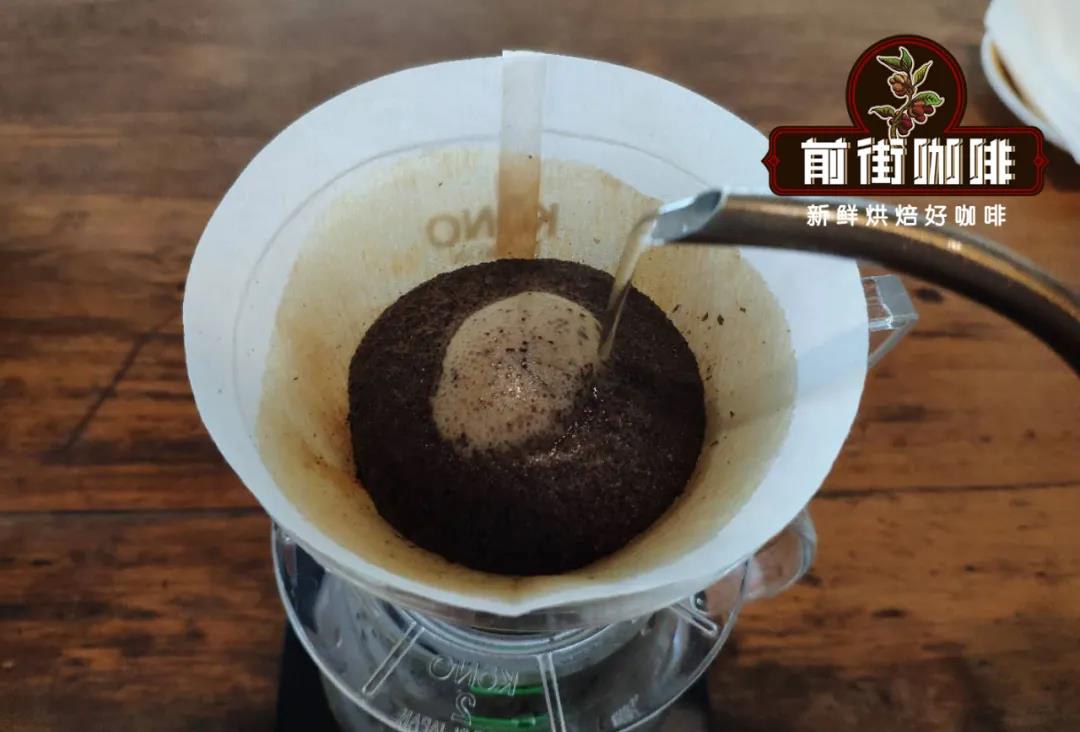
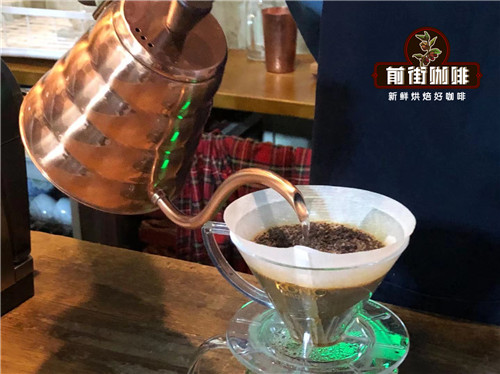
Degree of grinding: coarse granulated sugar size, pass through the Chinese standard No. 20 screen 75% of this time using segmented cooking. Slowly pour into the coffee powder, the first section around the middle of a small circle of water 30g steaming for 30 seconds, the first stage of water injection, the dry coffee powder layer will slowly absorb water and expand into a "hamburger". The center of the second section is injected with 120g water in the outer circle, the water injection height is close to the powder layer as far as possible, the action is slow, and excessive mixing is avoided. In the last stage, 75g was injected, which reached 225g of the total water injection. All the coffee liquid from the filter cup flows into the next pot to finish the extraction. The extraction time is 2 minutes. Flavor: mainly nutty, cocoa aromas with a hint of berry sweetness. The palate is full-bodied and balanced, with sweet taste and soft acidity.
Professional coffee knowledge exchange more coffee bean information please follow the coffee workshop (Wechat official account cafe_style)
For more boutique coffee beans, please add private Qianjie coffee on Wechat. WeChat account: qjcoffeex
Important Notice :
前街咖啡 FrontStreet Coffee has moved to new addredd:
FrontStreet Coffee Address: 315,Donghua East Road,GuangZhou
Tel:020 38364473
- Prev
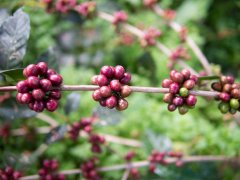
Introduction to Raida Manor in Panama
Professional coffee knowledge exchange more coffee bean information please follow the coffee workshop (Wechat official account cafe_style) Raida Manor in Panama was founded in 1922 by the Norwegian Panama Canal engineer Tollef B.Monniche, who used his expertise to invent the unique dry-wet integrated treatment plant at that time, but also designed and invented the sifon siphon coffee fruit treatment system (separation
- Next
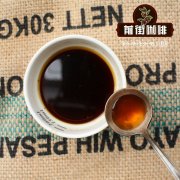
What are the ways to treat raw coffee beans? What are the advantages and disadvantages of coffee beans treated with sun water and honey?
What are the ways to treat raw coffee beans? What are the advantages and disadvantages? All kinds of raw bean treatment methods, we must first know the structure of coffee fruit, cherry-like coffee fruit, from the outside to the inside are peel, pulp, pectin layer, sheep skin (seed shell), silver skin, seed. The thickness of pectin layer is about 1-2mm, which can be thought of as tomato.
Related
- Detailed explanation of Jadeite planting Land in Panamanian Jadeite Manor introduction to the grading system of Jadeite competitive bidding, Red bid, Green bid and Rose Summer
- Story of Coffee planting in Brenka region of Costa Rica Stonehenge Manor anaerobic heavy honey treatment of flavor mouth
- What's on the barrel of Blue Mountain Coffee beans?
- Can American coffee also pull flowers? How to use hot American style to pull out a good-looking pattern?
- Can you make a cold extract with coffee beans? What is the right proportion for cold-extracted coffee formula?
- Indonesian PWN Gold Mandrine Coffee Origin Features Flavor How to Chong? Mandolin coffee is American.
- A brief introduction to the flavor characteristics of Brazilian yellow bourbon coffee beans
- What is the effect of different water quality on the flavor of cold-extracted coffee? What kind of water is best for brewing coffee?
- Why do you think of Rose Summer whenever you mention Panamanian coffee?
- Introduction to the characteristics of authentic blue mountain coffee bean producing areas? What is the CIB Coffee Authority in Jamaica?

